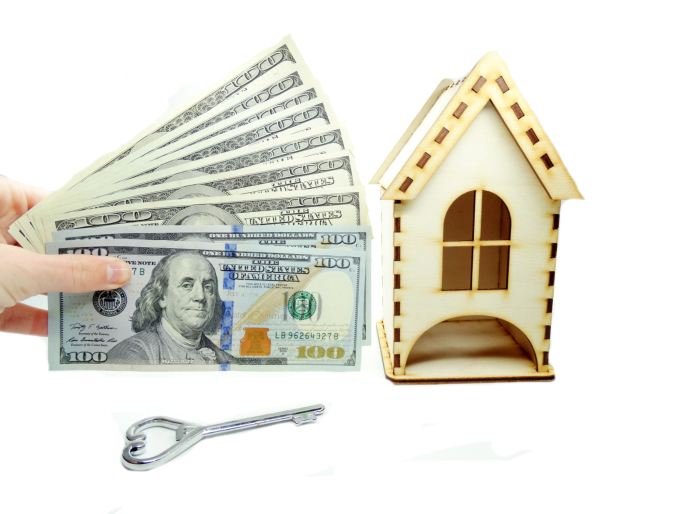How Can Parents Help Their Children Buy A Home?
 One of the most common dreams is homeownership; however, the cost of buying a house is rising quickly, and many children cannot afford to buy a house even after they finish school. They might be encumbered with student loans, and they could have a difficult time finding a job. Fortunately, there are ways parents can help their adult children buy a home.
One of the most common dreams is homeownership; however, the cost of buying a house is rising quickly, and many children cannot afford to buy a house even after they finish school. They might be encumbered with student loans, and they could have a difficult time finding a job. Fortunately, there are ways parents can help their adult children buy a home.
Help Children Build A Healthy Credit History As Early As Possible
One of the biggest factors involved in an application for a home loan is the credit score. One reason why children have a difficult time qualifying for a home loan is that their credit scores are not high enough. They simply do not have a lengthy credit history. Parents should help their children build credit as early as possible. One way to do that is to help them take out a credit card and co-sign for it, giving children a lengthy credit history of on-time payments when they apply for a home loan.
Let Children Live At Home Temporarily
Another obstacle that gets in the way of homeownership is the size of the down payment. For children to qualify for a home loan with a favorable interest rate, they need to have a sizable down payment. It can take a long time for children to save 20 percent for a down payment, so parents should consider letting children live at home temporarily, rent-free, so they can save money for a down payment.
Offer To Be A Co-Signer
Finally, parents can also make it easier for children to buy a home by co-signing for the loan. While some parents might be reluctant to do so, this could be the best way to help children qualify for a mortgage. If parents are confident that their children can afford the mortgage, they should consider becoming a co-signer to give the lender a greater degree of confidence.
Make It Easier For Adult Children To Buy A Home
These are a few of the best ways parents can make it easier for their children to purchase a new home. Even though homeownership can be a challenge, it doesn’t have to be a fantasy. Parents should start planning for their children as early as possible to make it easier for them to qualify for a home loan.

 There are a few parts of American culture that people believe define this country. One element is the dream of homeownership. There is a strong belief that people need a place to call home. Therefore, since the dawn of this country, the government has tried to incentivize people to purchase a home.
There are a few parts of American culture that people believe define this country. One element is the dream of homeownership. There is a strong belief that people need a place to call home. Therefore, since the dawn of this country, the government has tried to incentivize people to purchase a home.  There are many people who are looking at the housing market wondering if now is the time to make the jump from renting to owning. At the same time, is it more affordable to rent a home? Or, is it a smarter move to buy a home? Even though many people like the comfort of renting because it is someone else’s problem if something goes wrong, waiting too long to purchase a home could be costly. Here are a few of the most important points you need to keep in mind when it comes to renting versus buying a home.
There are many people who are looking at the housing market wondering if now is the time to make the jump from renting to owning. At the same time, is it more affordable to rent a home? Or, is it a smarter move to buy a home? Even though many people like the comfort of renting because it is someone else’s problem if something goes wrong, waiting too long to purchase a home could be costly. Here are a few of the most important points you need to keep in mind when it comes to renting versus buying a home. As a homebuyer, your real estate agent will do their best bring you to see homes that meet the criteria you asked for. However, there’s no guarantee that a home will have a history of being properly cared for.
As a homebuyer, your real estate agent will do their best bring you to see homes that meet the criteria you asked for. However, there’s no guarantee that a home will have a history of being properly cared for. Owning a home may be the American dream, but for many who are in a lower income bracket, finding a loan can become challenging. Thankfully, there are several loan programs that can work well for lower income people considering homeownership. Here’s a closer look at some of these home loans designed to help people who have a low-to-moderate income find a way to buy a home.
Owning a home may be the American dream, but for many who are in a lower income bracket, finding a loan can become challenging. Thankfully, there are several loan programs that can work well for lower income people considering homeownership. Here’s a closer look at some of these home loans designed to help people who have a low-to-moderate income find a way to buy a home.